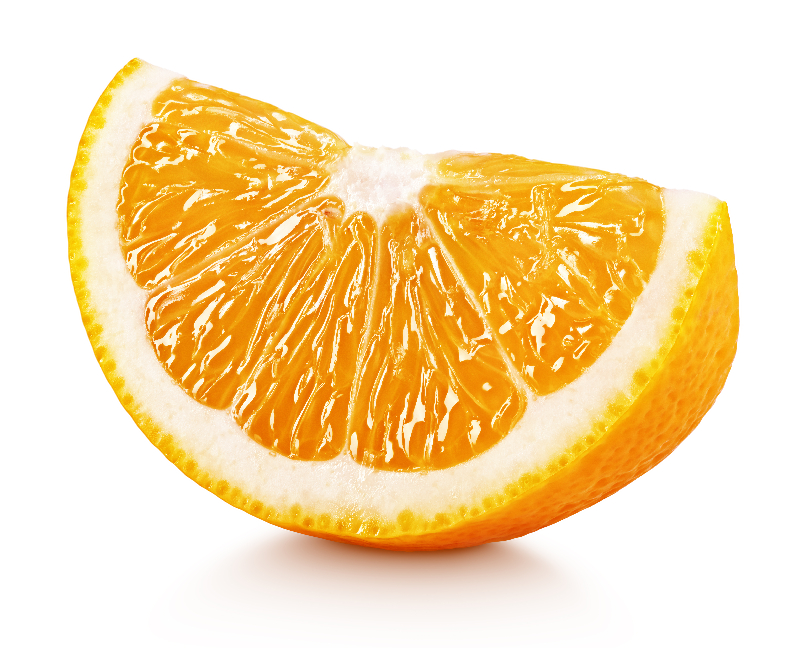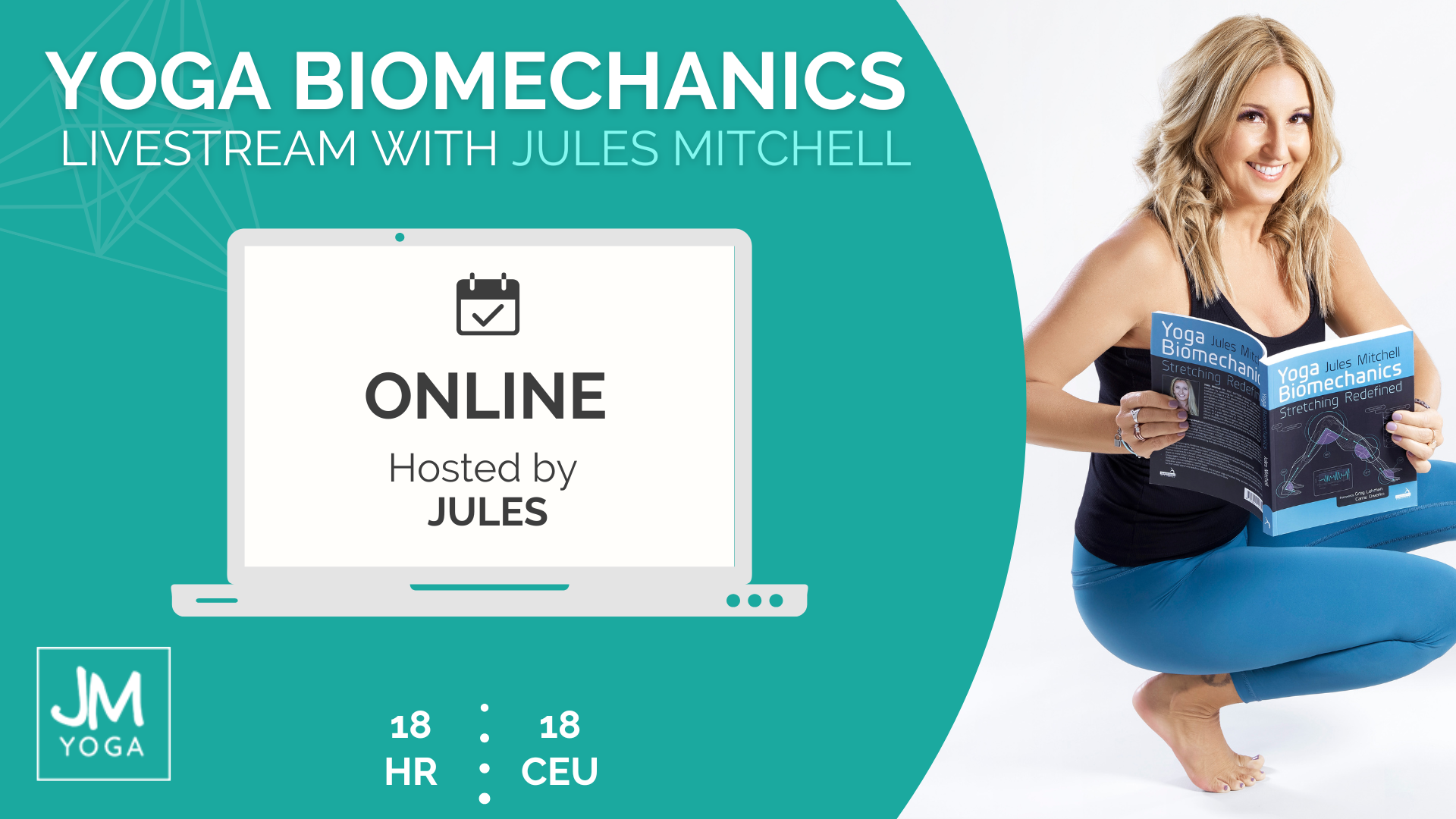The Difference Between Muscle Tissue and Connective Tissue: A Guide for Yoga Teachers
One of the biggest challenges I see in understanding how adaption works lies in differentiating between tissues.
I can’t tell you how often this gets overlooked. I’ll be lecturing about connective tissue and a course participant will ask me a very good question, but that question assumes I’m talking about muscle tissue. This probably happens because I’m talking about a specific muscle organ like the hamstrings.
Just because I’m talking about the hamstrings, however, it’s important to understand which tissue I’m talking about. A muscle organ is not just made up of muscle tissue. Organs, by definition, are made up of two or more tissues.
What Am I Stretching During a Hamstring Stretch?
So when I’m talking about stretching and strengthening the hamstrings, it’s important to consider which tissue I’m talking about.
Did you know the human body is made up of only 4 tissues?
- Connective tissue
- Muscle tissue
- Neural tissue
- Epithelial tissue
That’s it! Your entire body is made up of only 4 biological materials. And each of these tissues has different properties.
One analogy I like to use to highlight the difference between connective tissue and muscle tissue is the orange analogy. You’re probably familiar with the orange analogy as it relates to fascia, where each section of an orange corresponds to a layer of myofascia. But what about the myo (muscle) part of the orange? I liken that to the juice. And the juice of the orange inside each little bulb of connective tissue has no shape or structure of its own. The shape comes from the connective tissue. Now let’s apply this to stretching and strengthening.
- If you stretch a muscle organ, what are you stretching? The juice or the bulb?
- If you strengthen a muscle organ, what are you strengthening? The juice or the bulb?
Of course, those are kind of trick questions because the answers aren’t simply one or the other.
Are You Asking The Right Questions?
Pondering those questions, however, can lead to more specific questions, which is an essential part of learning.
Below, I have a video clip from a Mechanisms of Strength lecture for my mentoring program and you’ll see how I refer to the orange analogy before moving on to the types of adaptations that contribute to strength.
If you watched the video, you’ll see that strength (and stretching) isn’t only a factor of muscle tissue or connective tissue – neural tissue also plays an important role. Therefore, understanding how an adaptation works depends on the tissue you are talking about.
- If you think getting stronger is only a factor of adding more juice, you’re really only considering about 1/6 of what it means to get stronger!
- If you think getting flexible is only a factor of growing a longer bulb, you’re missing the mark on how stretching works!
Adaptions are tissue-specific and depend greatly on the type of input.
The Thought Provoker
If you’re new to my Thought Provokers, welcome!
My style of educating yoga teachers includes a lot of questions. Sometimes I answer questions with questions – especially when we don’t have clear answers. I believe we learn the most when we can appreciate what we know, what we don’t know, and what we don’t know we don’t know.
Today’s Thought Provoker is around stretching the “belly of the muscle” – a cue yoga teachers repeat often but without much context or conviction.
If the muscle is the juice and tendon/fasicia is the bulb, how do you stretch the juice and not the bulb?
Is it possible that the sensation of “stretching the belly of the muscle” is more a factor of the muscle contracting in a stretched position than the stretch itself? This might require you to clearly define what you think the sensation of tightness is.
I’ve been sitting with some of these ideas for over a decade now and have some logical explanations that go against the mainstream ideas about flexibility but are supported by what we know about muscle physiology and connective tissue mechanics. Join me in an online or in-person course and we’ll talk about it at length (ba dum tss).
What’s coming up for you in this Thought Provoker? Are there things you learned that you now wonder about? Comment below and I’ll be sure to answer (maybe with a question 😂).
Extend Your Learning: Online Education With Jules
Yoga Biomechanics Livestream
My flagship 3-day livestream course is for teachers who have an insatiable curiosity about human movement and kinesiology, are eager to know what the research says about yoga, and are open to accepting that alignment rules aren’t always accurate. Includes 30 days of access to the livestream replay and slides. 18 CEUs. Learn more >


